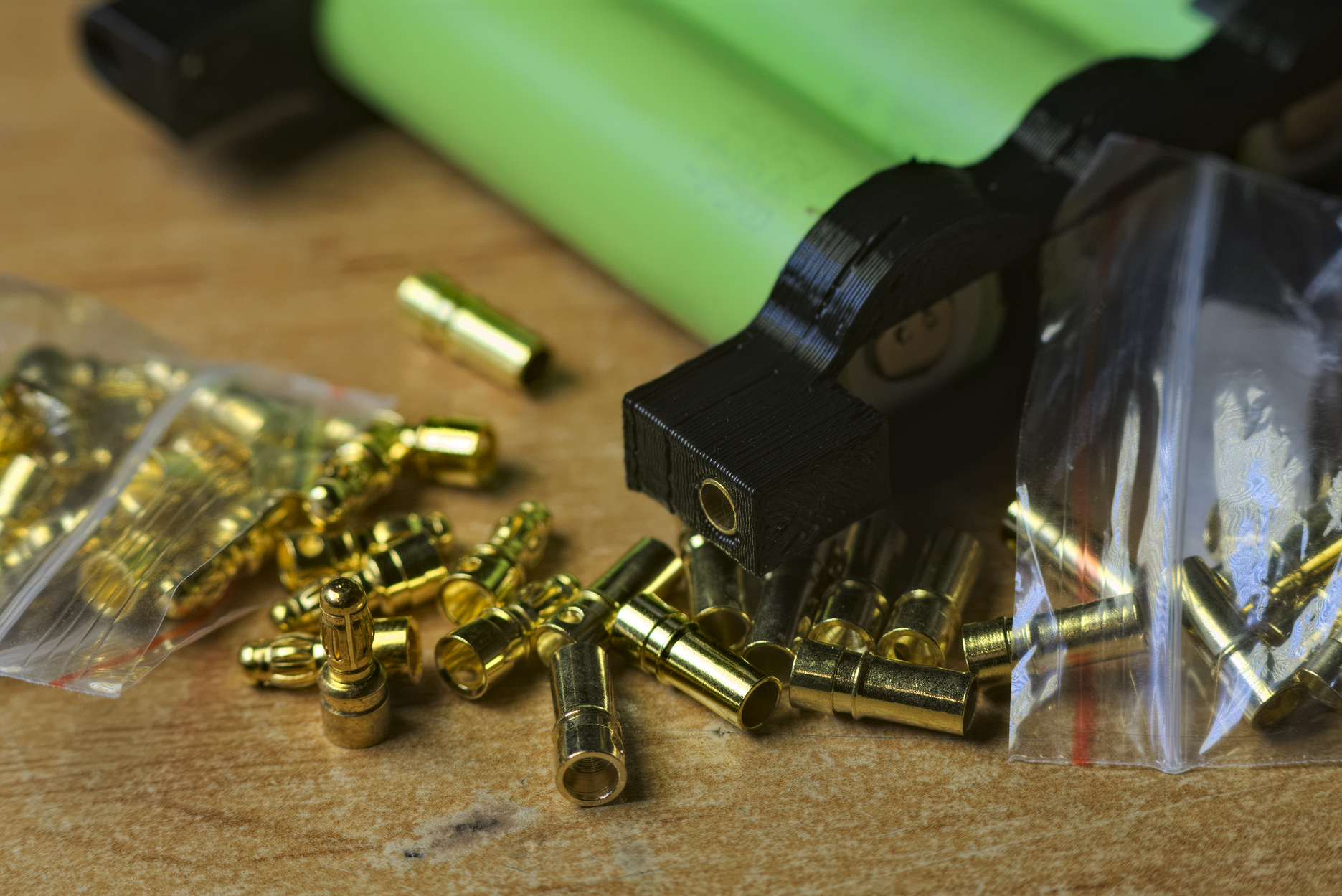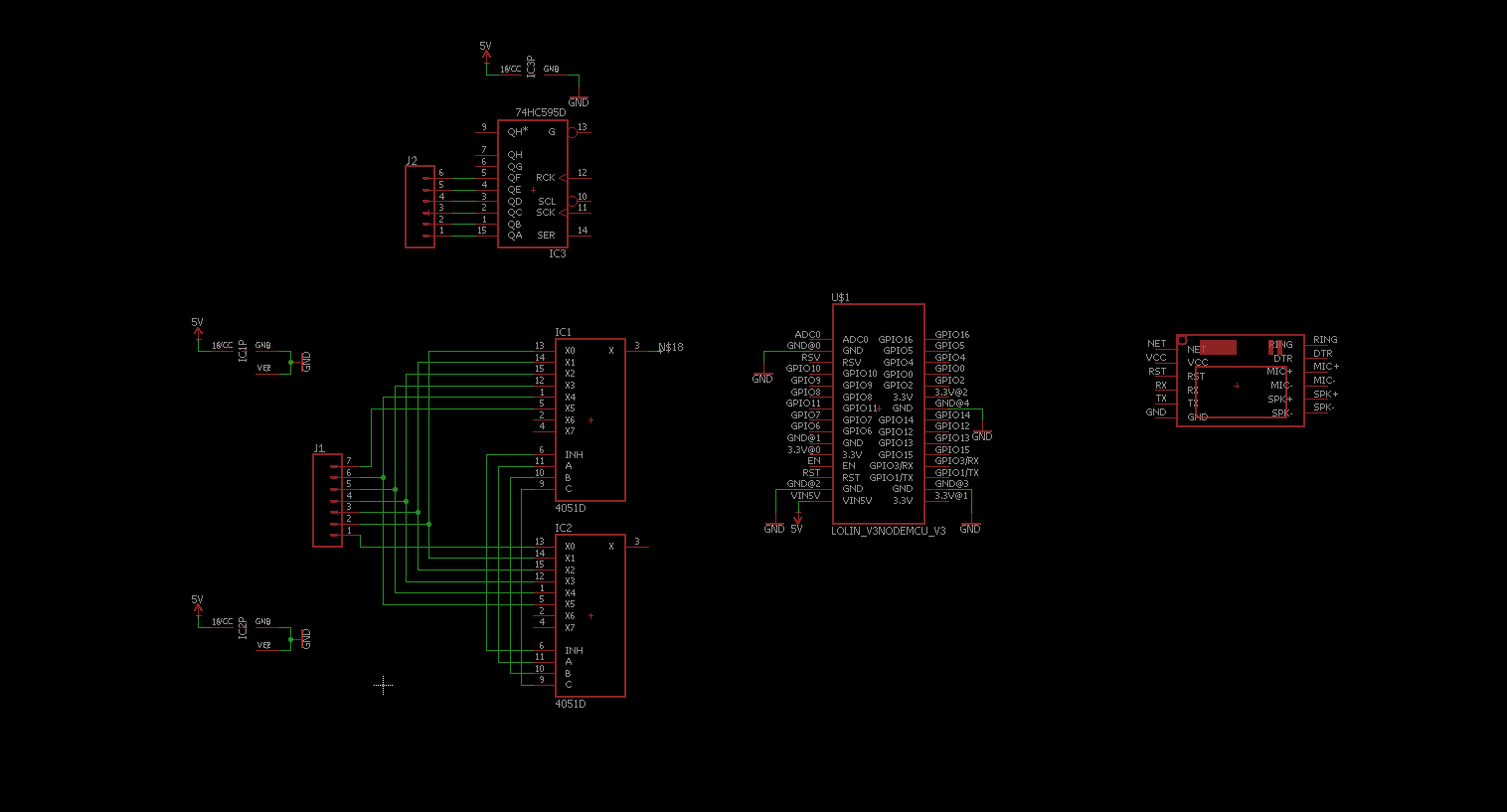The BMS will be powered directly from the 6S pack using two 5V 1A Isolated PSUs.
Two multiplexers will be used to access each individual cell for voltage measuring and if a cell exceeds the set voltage a external load will be switched on.
Every two minutes the cell voltages will also be published to a MQTT broker either via WiFi or the SIM800 module if there is only cellular service available.




 Jacob David C Cunningham
Jacob David C Cunningham
 Simon Merrett
Simon Merrett
 Sergio Ghirardelli
Sergio Ghirardelli
With respect, 12 bits on the ADC is resolution. Not accuracy.
https://www.esp32.com/viewtopic.php?t=1045